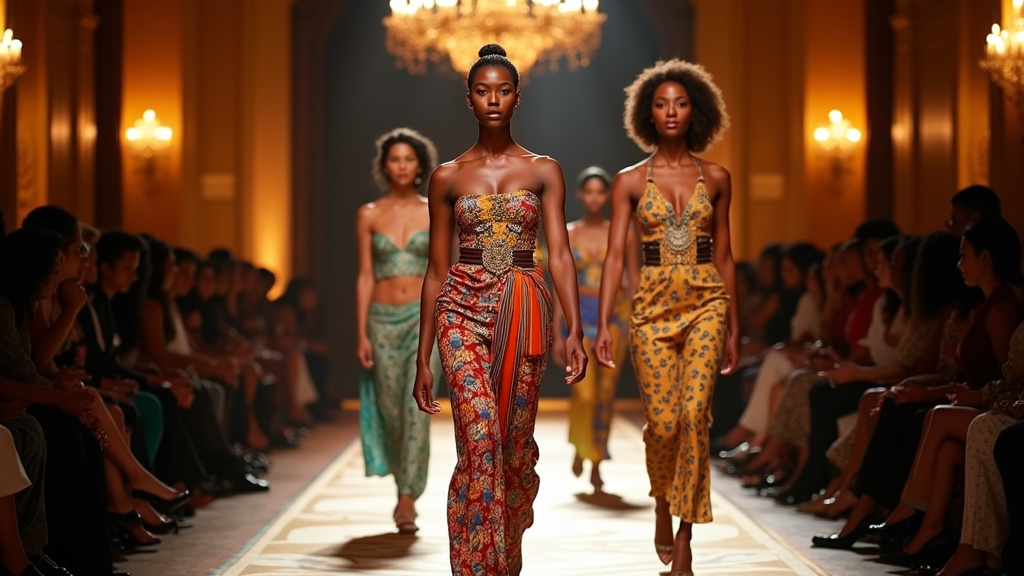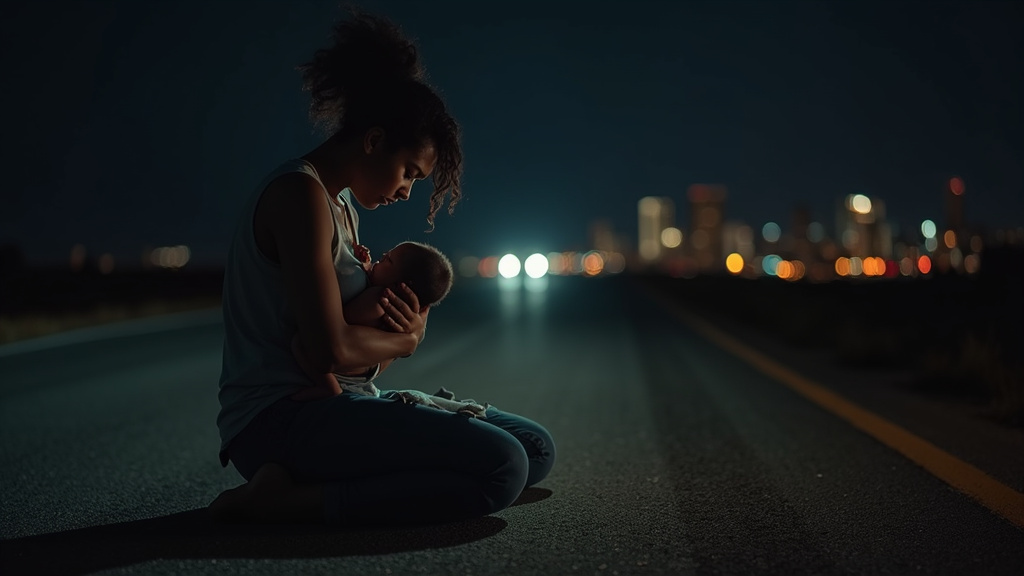CHICAGO – The Chicago History Museum is set to debut a significant retrospective delving into the evolution of style and society through the lens of its vast costume collection. Titled “Dressed in History: A Costume Collection Retrospective,” the exhibition is scheduled to open its doors to the public on June 22, 2025.
This landmark presentation promises a deep dive into the museum’s extensive holdings, featuring 70 rarely seen objects carefully selected from a collection that spans over a century. The curated items range from the opulent and dramatic to the utilitarian and culturally significant, offering a diverse panorama of human expression through apparel.
A Tapestry of Garments
The exhibition showcases the breadth of the collection, moving beyond conventional notions of fashion to explore clothing’s multifaceted role in history. Visitors will encounter everything from glamorous gowns and sharp suits that once graced formal occasions to everyday housedresses and iconic athletic footwear like sneakers. This juxtaposition highlights how clothing functions not only as adornment but also as a practical necessity and a marker of identity and social status.
Central to the exhibition’s narrative is the exploration of how garments reflect the material, social, and changing cultural values across different historical periods. Each piece tells a story about the individual who wore it, the era in which it was created, and the societal norms and transformations that shaped its design and use. The selection aims to illuminate broader historical trends, technological advancements in textile production, shifts in gender roles, and the influence of global events on personal style.
Celebrating a Century of Collection
“Dressed in History” also serves as a celebration of a significant milestone: 100 years of the costume collection at the Chicago History Museum. This retrospective pays homage to the enduring legacy of the collection itself and the dedicated individuals who have contributed to its growth and preservation over the past century. It acknowledges the crucial contributions of the countless donors whose generosity built the collection, the visionary curators who guided its development and interpretation, and the tireless staff who cared for and documented these precious artifacts.
Iconic Pieces on Display
The exhibition promises an array of captivating highlights, bringing rarely seen treasures into the public eye. Among the featured objects are a vibrant red sequin burlesque costume, a testament to Chicago’s rich entertainment history; a pair of original Air Jordan 1s, representing the intersection of sport, culture, and design; a unique baby’s wool bathing suit, offering a glimpse into historical leisurewear; and an enormous white tulle Christian Dior gown, an exquisite example of haute couture and post-war fashion elegance. These selected pieces, while varied in form and function, collectively illustrate the power of clothing to embody personal stories and cultural narratives.
Representing Chicago’s Diverse Stories
A core objective of the Chicago History Museum’s costume collection, and this exhibition in particular, is to represent the diverse people and stories of Chicago. By showcasing items worn by individuals from various backgrounds, occupations, and social strata, the exhibition underscores that history is made by everyone. The garments on display offer tangible connections to the lives of Chicagoans throughout history, reflecting their experiences, aspirations, and daily realities. The collection strives to be inclusive, mirroring the complex and multicultural fabric of the city it serves.
The exhibition provides a unique opportunity to examine history through an accessible and relatable medium – clothing. From the practicalities of daily wear to the extravagance of special occasions, each garment in “Dressed in History” invites reflection on how attire shapes and is shaped by the human experience. The Chicago History Museum’s “Dressed in History: A Costume Collection Retrospective,” opening June 22, 2025, stands as a significant cultural event, offering valuable insights into the past and the persistent human need for self-expression through what we wear.













